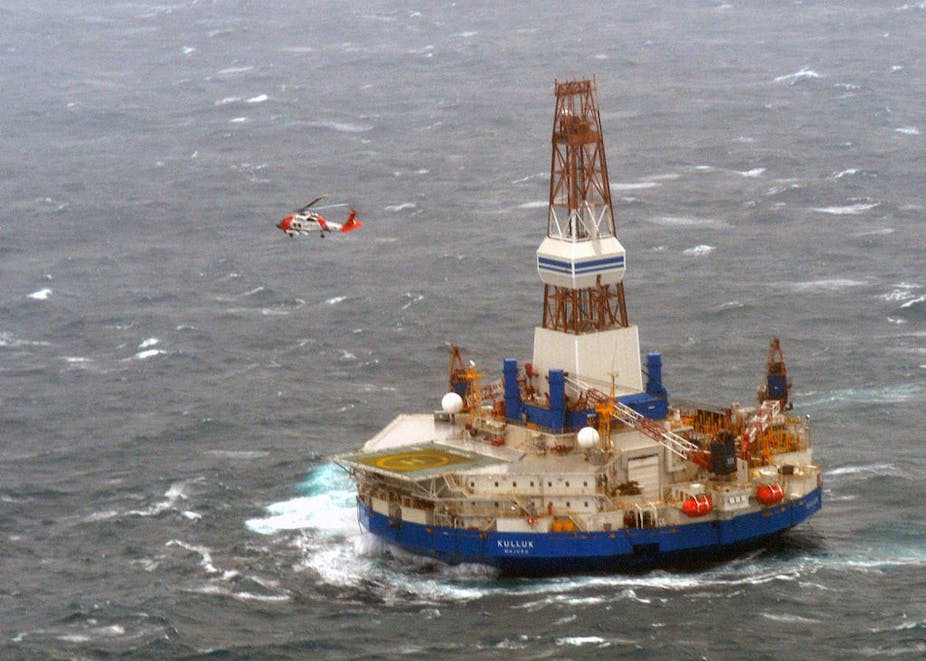I have a great respect for National Geographic. I’m a card-carrying member with an annual subscription, and I appreciate the balance, depth and understanding they bring to revealing the links between the natural and human world.
So the latest issue had prepared me for a recent debate at the Royal Society in London which examined the question of the Science of Change in the Arctic. It painted a stark and disturbing picture of our planet’s future in terms of the impact of global sea level rise on coastal cities. It dramatically brought home the message that a fossil fuel-driven civilisation has profoundly altered the planet, which by 2070 will put some 150m people and US$35 trillion worth of assets in the world’s coastal cities at risk from flooding. Our desire for carbon intensive energy has raised sea level by 60mm since 1994 and the draft fifth IPCC report predicts a one metre rise by the end of the century. That is a lot of coast underwater.
So to the debate at the Royal Society, part of the joint National Geographic and Shell Great Energy Challenge. I have to admit I felt rather uncomfortable heading into an event sponsored by Shell, considering some of their recent activity in the Arctic and Alaska. There was an implicit feeling that oil development in the Arctic marine environment was inevitable, with continued offshore exploration, despite limited success, and terrestrial extraction well established in places such as the North Slope of Alaska or the Russian Yamal Peninsula.
In my view the questions for the debate seemed skewed towards how oil companies could gain a social licence for developing oil and gas in the Arctic. I’m glad that several voices raised concerns about the viability of establishing offshore operations in the extreme Arctic environment and these concerns were captured. But at the forefront of my mind were recent debates over the idea of the carbon bubble, where essentially, in order to have a realistic chance of avoiding a 2°C rise, 80% of proven fossil fuel reserves need to stay in the ground. So exploring and developing new reserves, particularly in places such as the Arctic, makes neither ecological nor economic sense. The direction should be towards de-carbonisation, not further development.
I enjoyed being able to discuss the future of energy with one of the world’s major oil companies and I would do it again. The industry needs to be at the table discussing the future of a carbon-constrained world. It has the experience and expertise to drive this transition, but other voices are needed: scientists, the Arctic’s indigenous peoples, and industries such as fisheries and tourism. The perspective from the view of the renewable energy industry was as silent as the pack ice.
My point is that when debates about the Arctic are sponsored by oil companies such as Shell, there will be a natural tendency to be steered into a discourse around fossil fuel expansion into the Arctic. It is what these companies do. In light of the scientific evidence I was determined to present an alternative, where the Arctic ocean is free from fossil fuel development.

My experience of Arctic policy meetings, including the recent Arctic Council Ministerial meeting in May, reflects a type of institutional schizophrenia, where fossil fuel development is discussed alongside the emerging impacts of climate change. With warnings of an ice-free Arctic, as beautifully presented by the Arctic death spiral graph showing rapid decline of sea ice, Arctic specialists should be calling for and putting forward more concrete and practical solutions in the face of global meandering. A recent UK Parliamentary report, Protecting the Arctic, highlights this irony, outlining how fossil fuel exploration is being undertaken in full knowledge that emissions need to be reduced.
In a previous article, I identified that fossil fuel development in the offshore Arctic was facing a difficult time. It still is. No commercial finds have been found in Greenland, the Shtokman Russian gas project has been shelved, and drilling the recent commercial discovery in the Norwegian Barents Sea, the Johan Castberg field, has been delayed due to costs pushing the project to the margins of viability. Oil company Total has been the first to publically state that operating is the Arctic is too high risk.
In light of the science and the fact that we need to keep fossil fuel reserves in the ground, exploration for oil and gas in the Arctic is irresponsible and unnecessary. There are already excessive amounts of proven fossil fuel reserves, and Arctic development appears ecologically, technically and economically foolhardy. Perhaps it is time to draw a line in the ice and recognise there are some places that we should not drill.

